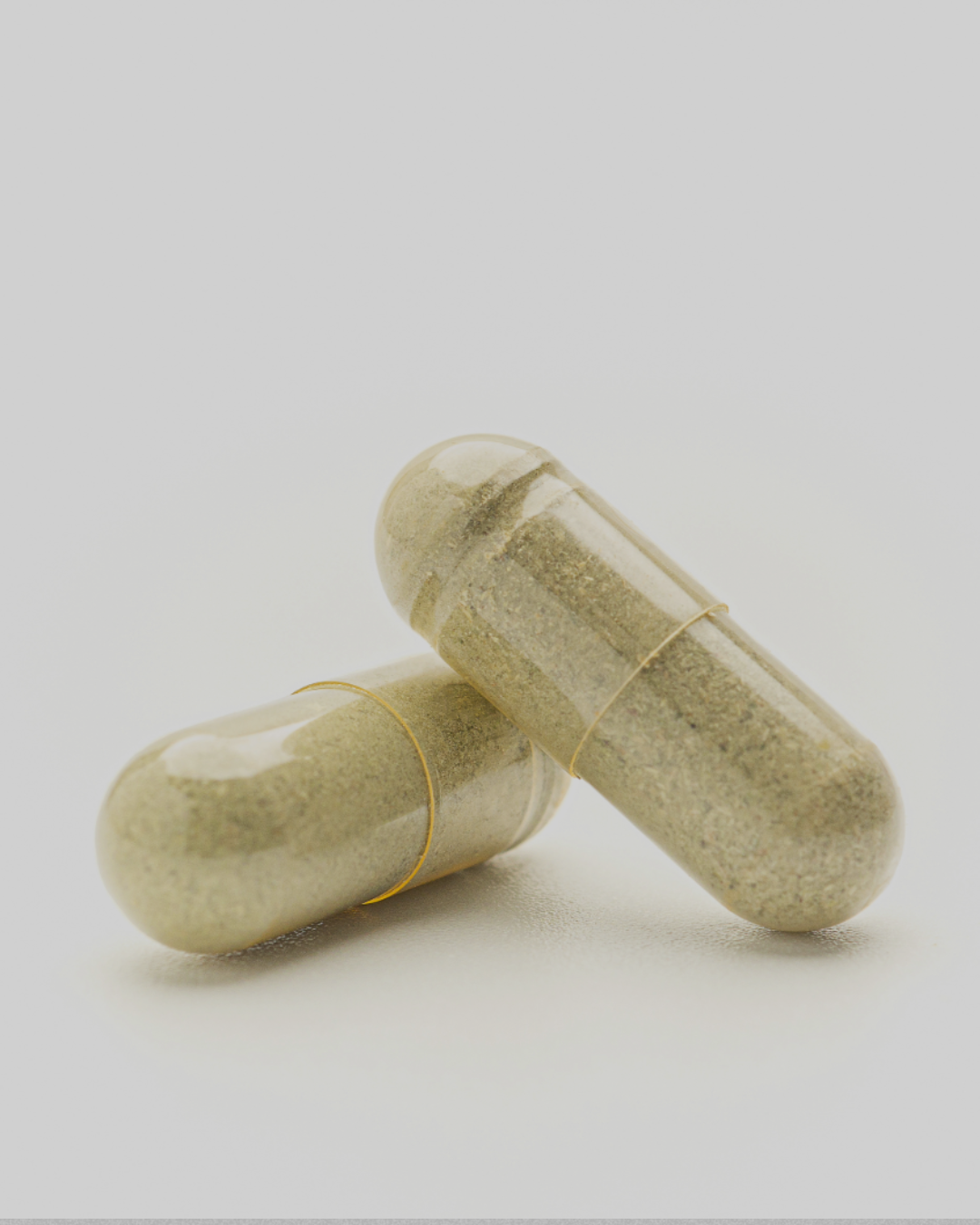
THE ART OF SUBTLE FOCUS
It starts small—almost invisibly small. A pinch of mushroom powder. A drop of tincture. A capsule taken before sunrise.
There’s no fanfare, no vivid hallucination, yet for thousands of people, this quiet ritual marks a subtle shift in focus, creativity, and emotional balance. Welcome to the world of microdosing, where nature’s potent compounds meet the human desire for clarity and equilibrium.
A History Written in Small Doses
Though often considered modern, microdosing has ancient roots. In the Andes, San Pedro cactus was consumed in ceremonial microdoses to foster emotional insight and grounding. Indigenous communities in Central Africa used root bark extracts for spiritual clarity and mental focus. Across Asia, monks brewed subtle mushroom teas to enhance meditation and mindful awareness—centuries before neuroscience offered terms like “neuroplasticity” or “serotonin receptor modulation.”
What has changed is not the substances themselves but the lens through which we explore them. Microdosing has shifted from esoteric rituals to scientific studies, boardroom discussions, and wellness practices around the globe.
What Microdosing Actually Means
- Psilocybin-containing mushrooms: Often used to support focus, creativity, and mood balance.
- San Pedro Cactus (Mescaline): Used for grounded energy, empathy, and emotional resilience.
- Root Bark Extracts: Traditionally used for clarity and subtle neurotransmitter support.
Each of these interacts with the brain’s serotonin, dopamine, and glutamate pathways, which play key roles in regulating emotion, attention, and cognitive flexibility.
The most common natural compounds explored for microdosing today include:
Let's Unpack the Science Behind the Neurochemistry
While personal experiences often outpace the research, science is catching up—carefully, methodically.
Microdosing may feel intangible, but neuroscience is beginning to explain its subtle effects.
Psilocybin and 5-HT2A Receptors
Psilocybin primarily interacts with the 5-HT2A serotonin receptor. While a full dose produces strong psychedelic effects, a microdose gently modulates receptor activity, fostering mental clarity and flexibility without hallucinations.
Default Mode Network and Brain Flexibility
Studies show that even minute doses can reduce overactivity in the Default Mode Network (DMN)—the brain region linked to self-critical thoughts and rumination. By dampening rigid neural patterns, microdosing can allow previously disconnected brain regions to communicate more freely, a process called entropic liberation.
Dopamine, Glutamate, and Neuroplasticity
“It’s like my brain takes a deep breath,” said one participant in an online study. “I’m not euphoric. I’m just… clearer.”
For a deeper dive into the neurochemistry of microdosing, watch Huberman Lab Podcast – The Science of Microdosing and Focus (3:10–12:00).
Microdosing in the Modern Age
Our era of constant stimulation has created a demand for subtle wellness solutions. Microdosing offers gentle mental recalibration, helping professionals and creatives navigate cognitive overload while enhancing clarity and emotional steadiness.
Nature’s Microdosing Toolkit
- Mushrooms: Psilocybin and functional blends such as Lion’s Mane and Cordyceps support focus, cognitive clarity, and emotional balance.
- San Pedro Cactus: Microdosed mescaline may promote grounded empathy and calm awareness.
- Root Bark Extracts: Mild monoamine oxidase inhibitors that support neurotransmitter balance and subtle cognitive enhancement.
These botanicals offer a bridge between tradition and modern cognitive science.
Here’s where it gets real: not all microdosing is legal, and not all is safe. A responsible editorial must address the complex legal and ethical realities that surround these powerful compounds.
The Decolonization of Wellness
Ethically, the conversation is equally important. Indigenous cultures treated these plants with reverence and ritual, not as self-optimization tools. The most profound risk in the microdosing trend is the danger of cultural appropriation and turning sacred plant medicine into a mere "life-hack" for increased corporate productivity.
Today’s users are encouraged to honor that legacy, and to approach microdosing not as a quick fix or a trend, but as a mindful practice rooted in respect and reciprocity. This involves acknowledging the sources of the knowledge, understanding the history of the plants, and prioritizing intention over simple consumption.
How to Approach Microdosing Mindfully
- Define your purpose: focus, creativity, emotional balance.
- Start with the lowest possible dose and track effects.
- Maintain a journal of mood, cognition, and lifestyle changes.
- Integrate with healthy habits: sleep, hydration, mindfulness, and movement.
- Consult healthcare professionals if you take medications or have medical conditions.
Suggested YouTube Embed: A Month of Microdosing – What Changed?
The practice works best not as an escape, but as an enhancement of conscious living.
Final Thoughts: The Smallest Dose of Awareness
Microdosing symbolizes something larger. It’s about reclaiming clarity in an age of noise.
The people who practice it aren’t chasing euphoria; they’re looking for equilibrium. They don’t want to escape the world; they want to show up for it—more present, more awake, more attuned.
"It’s not about getting high,” said one Cape Town-based artist I interviewed. “It’s about remembering who I am before the noise starts.”
That, perhaps, is the heart of it all. Microdosing isn’t about substances. It’s a mirror, not a magic pill.